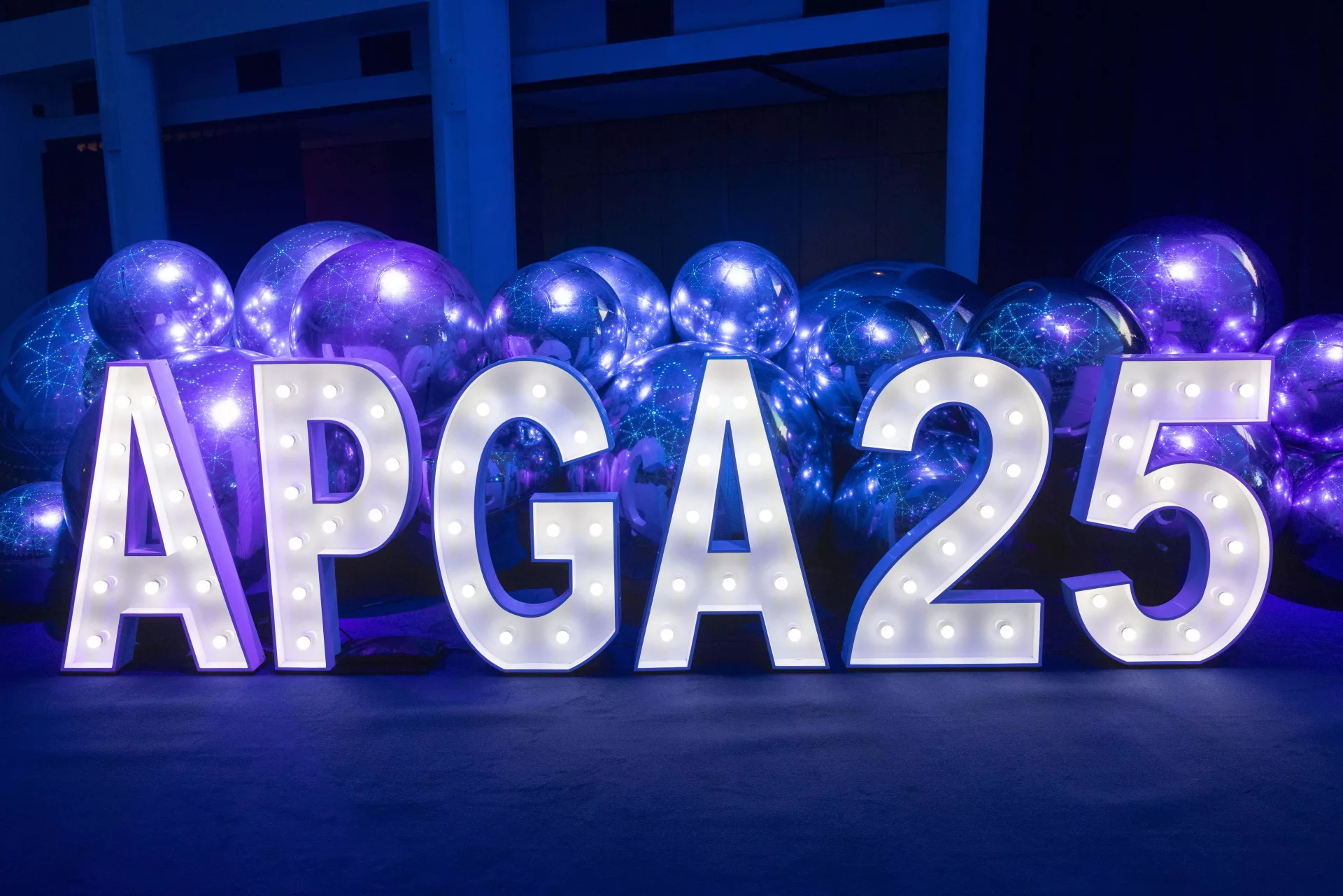
Helping Romania achieve accurate methane emission figures
Together with other research teams, we provided our expertise in methane emission management, and specifically quantification, as a partner of Utrecht University during the unique ROMEO project. Who was involved and what was the outcome?
How it all began
ROMEO (ROmanian Methane Emissions from Oil & gas) is a measurement campaign that was initiated by the European H2020 project called MEMO2 and received funding from the Climate and Clean Air Coalition (CCAC) Oil and Gas Methane Science Studies.
Romania currently reports methane emissions but they are based on estimations. These figures are derived from non-country-specific Tier 1 emission factors. As a result, there was a need to check the accuracy of these reported emission figures. Instead of relying on estimations, it was time to start with identifying and quantifying methane emissions using different techniques.
70 people from 20 nations were involved in this project. The 12 research teams were split up in 3 types: an airplane team using 2 aircrafts conducting facility-level quantification raster flights, a city team driving cars to measure methane in Bucharest and a ground team using drones and specialized measuring equipment.
Prof. Dr. Thomas Roeckmann
Specialist in Marine and Atmospheric Research and Atmospheric Physics and Chemistry
Utrecht University
The setup
Bas Hermans, Emission Division Operations Director of Intero - The Sniffers explains that “we mostly used the Remote Methane Laser Detector (RMLD) for scanning nonaccessible sources fast on low pressure lines. The Optical Gas Imaging camera was used to screen inaccessible sources or to screen at heights. Whenever we had access to sources and the conditions allowed it, we would quantify the leak using the High Flow Sampler combined with the Toxic Vapour Analyzer.”
Special thanks to Utrecht University for the partnership during this unique project and for collaborating with us on this case study. Our operators were thrilled to see so many different methods to identify methane emissions and to see how involved everyone was.
Read the full story
Discover the full case study here.

Handing Out 60 Sheltersuits in Vranje, Serbia

Intero wins APGA Innovation Award for Robotic MFL Pipeline Inspection
